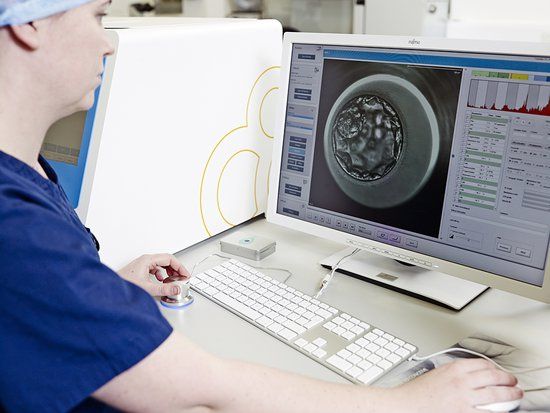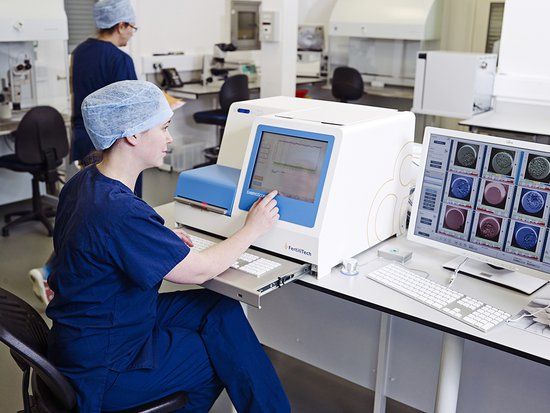Scientists in the US claim to have developed a way to identify which embryos are more viable than others, increasing the chances of successful pregnancy through IVF.
In the study, scientists discovered three key features which are present in the most viable embryos – those which grew into blastocysts, which are embryos that have been allowed to develop in the lab for longer before being transferred into the uterus.
It is hoped this knowledge can now be used to help IVF clinics when selecting which embryos to implant to give the best chance of pregnancy, because they can now identify at an earlier stage which embryos will grow normally.
In normal IVF embryo transfers, embryos are implanted into the uterus two to three days after fertilisation, when they reach the ‘four-cell’ stage.
But in a blastocyst procedure, the embryo is allowed to develop for five to six days after fertilisation, before transfer. However, the blastocyst must still attach itself to the wall of the uterus for pregnancy to occur.
The US research team, through the use of time-lapse photography, were able to demonstrate the three key stages of development that would predict with 93 per cent accuracy the chances of an embryo growing properly to become a blastocyst.
Clinical trials for the new technique are now being planned, although future use of the technique largely depends on the technology which monitors the embryos’ development being widely available to clinics.
But scientists are hopeful that the breakthrough could eventually help to increase success rates for IVF.
It’s important to remember that many IVF clinics already offer blastocyst culture and transfer – and at Manchester Fertility, we offer this for free to our patients. We don’t charge more for this treatment.
Our expert team of embryologists will advise on whether a blastocyst is suitable for you or whether you would be better to implant earlier, as in a normal embryo transfer procedure.
Last updated: 14th February 2024




